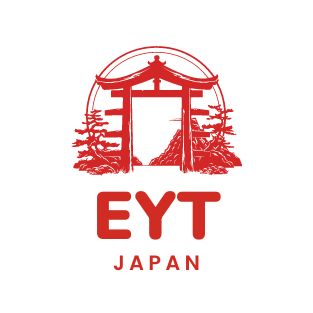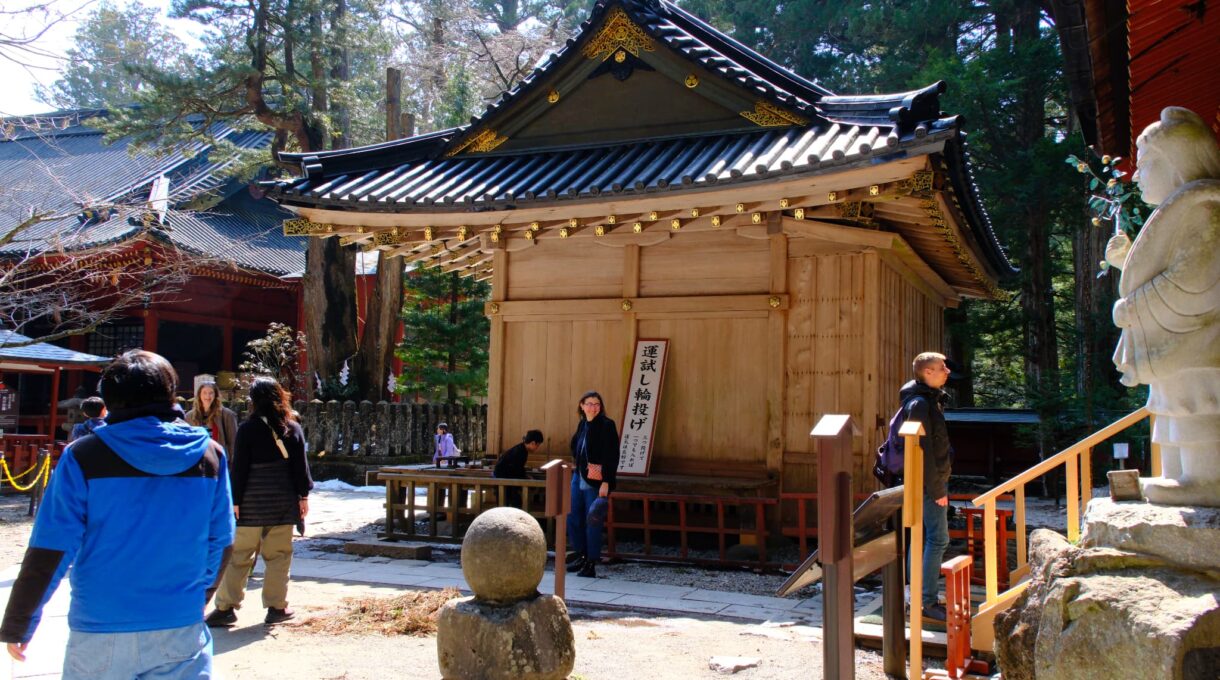Tucked away near the entrance to Taiyuin Mausoleum at Rinnoji Temple, Futarasan Shrine often goes unnoticed by visitors. Yet this humble site holds over 1,200 years of history and stands at the heart of Nikko’s tradition of nature worship, where sacred mountains are revered as deities. Unlike the opulent Toshogu Shrine or the stately grandeur of Rinnoji, Futarasan Shrine offers a friendly and welcoming atmosphere. Compact and quiet, it’s the perfect spot for travelers seeking a peaceful moment—whether you have a few minutes or an hour to spare.
How to Get There
How to Reach the Nearest Stations
The closest stations to Futarasan Shrine are Tobu Nikko Station and JR Nikko Station.
For directions to these stations, please refer to the following article.
What Is Futarasan Shrine?
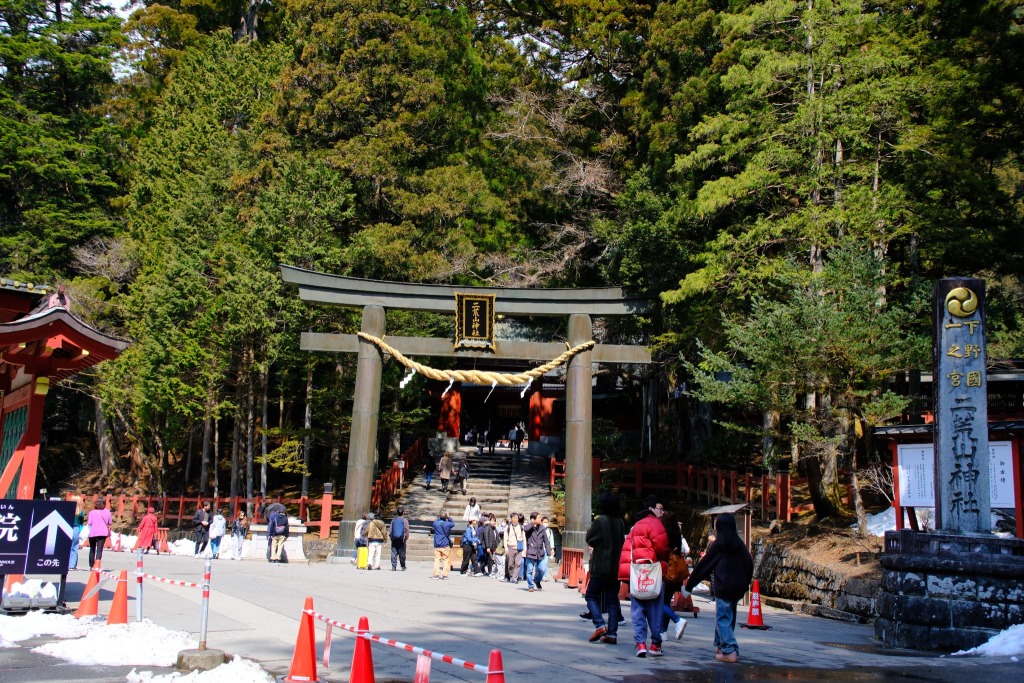
Futarasan Shrine is an ancient Shinto shrine deeply connected to the natural landscape of Nikko.
Its origins trace back to the training of a Buddhist monk named Shōdō Shōnin, who came to the mountains of Nikko in the 8th century seeking a place for spiritual practice.
Around 766, he built a Buddhist hall, which later became the foundation of what is now Rinnoji Temple—marking the first step in the religious history of Nikko.
After several attempts, Shōdō Shōnin finally succeeded in climbing Mount Nantai in 782. He felt a powerful spiritual presence on the mountain and believed that a deity resided there.
To honor this sacred mountain as a divine being, he founded Futarasan Shrine.
In this way, Nikko’s spiritual tradition grew from both Buddhist ascetic practices (Rinnoji) and Shinto reverence for nature (Futarasan Shrine).
At the time, Japan widely embraced a belief system called Shinbutsu-Shūgō, which held that Shinto gods and Buddhist deities were fundamentally the same. It was perfectly natural for temples and shrines to stand side by side, forming a unified religious space.
From the medieval period through the Edo era, Rinnoji Temple and Futarasan Shrine developed together as one sacred area known as Nikkōsan (Mount Nikko), attracting many followers.
However, in the late 19th century, the Meiji government issued an edict to separate Shinto and Buddhism (Shinbutsu Bunri), prohibiting their coexistence.
As a result, Futarasan Shrine became an independent Shinto institution, while Rinnoji remained a Buddhist temple.
Despite this division, the two remain closely linked geographically and historically—and today, along with Toshogu Shrine, they are collectively recognized as a UNESCO World Heritage Site known as the “Two Shrines and One Temple”.
How to Get Tickets for Futarasan Shrine
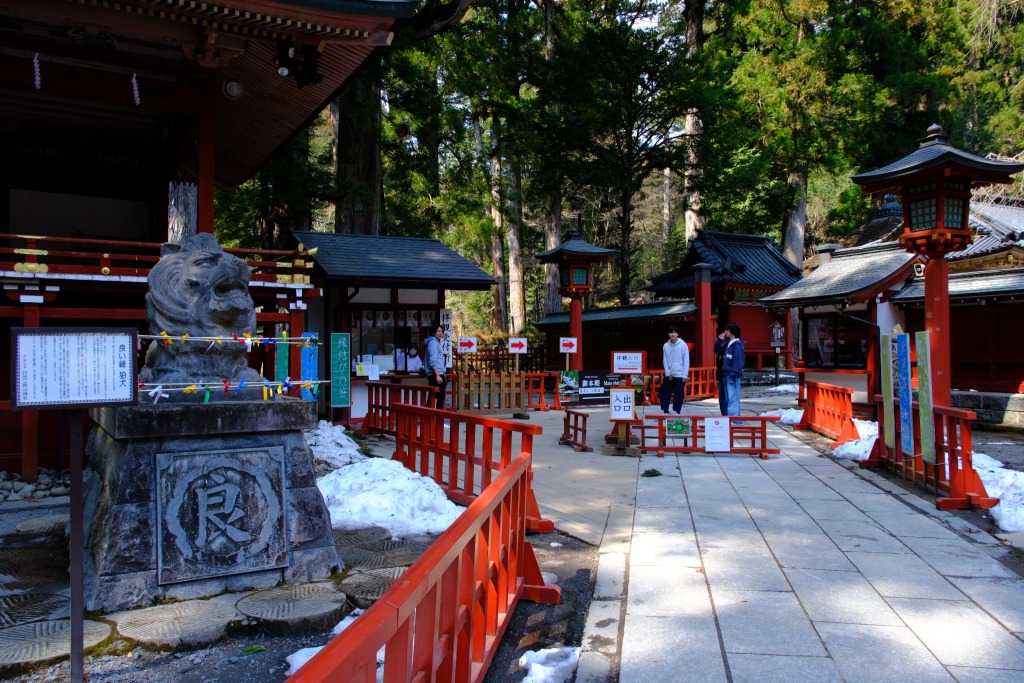
It’s best to purchase your ticket at the on-site ticket counter.
Online purchase may be available, but in most cases, you can buy a ticket at the counter without waiting in line.
Please note: Payment is cash only.
Futarasan Shrine has both free areas and paid areas, but admission to the paid area is only 300 yen.
For such a small fee, it’s definitely worth stepping inside to experience more of the shrine’s atmosphere.
What’s Inside Futarasan Shrine?
Unlike the grandeur of Toshogu Shrine or the solemnity of Rinnoji Temple, Futarasan Shrine is small and easy to explore.
Even if you take your time visiting both the free and paid areas, you can see everything in about 30 minutes.
The atmosphere is not especially formal—in fact, it feels friendly and light-hearted.
You might see people playing a ring toss game, ringing bells for good luck, or simply laughing and enjoying themselves.
Compared to the stately ambiance of Toshogu and Rinnoji, Futarasan offers a more casual and approachable shrine experience.
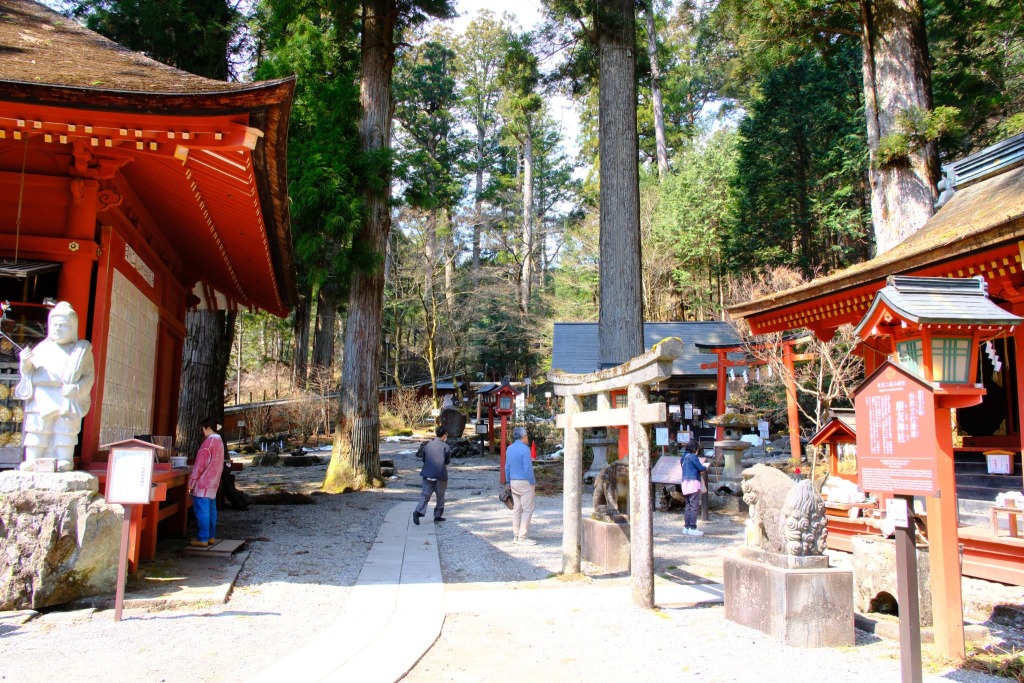
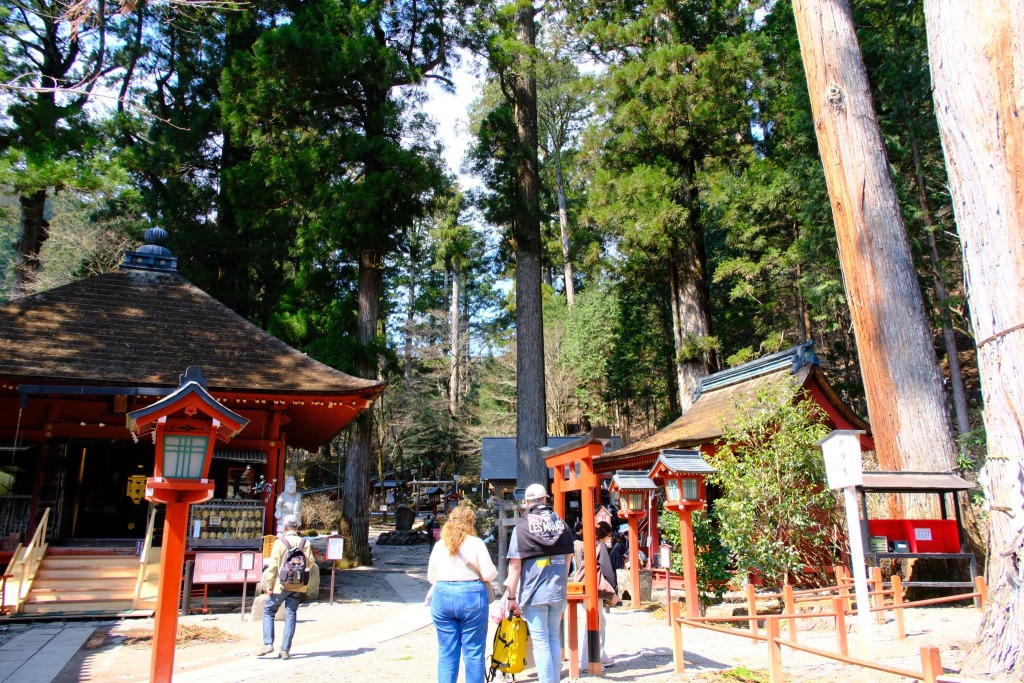
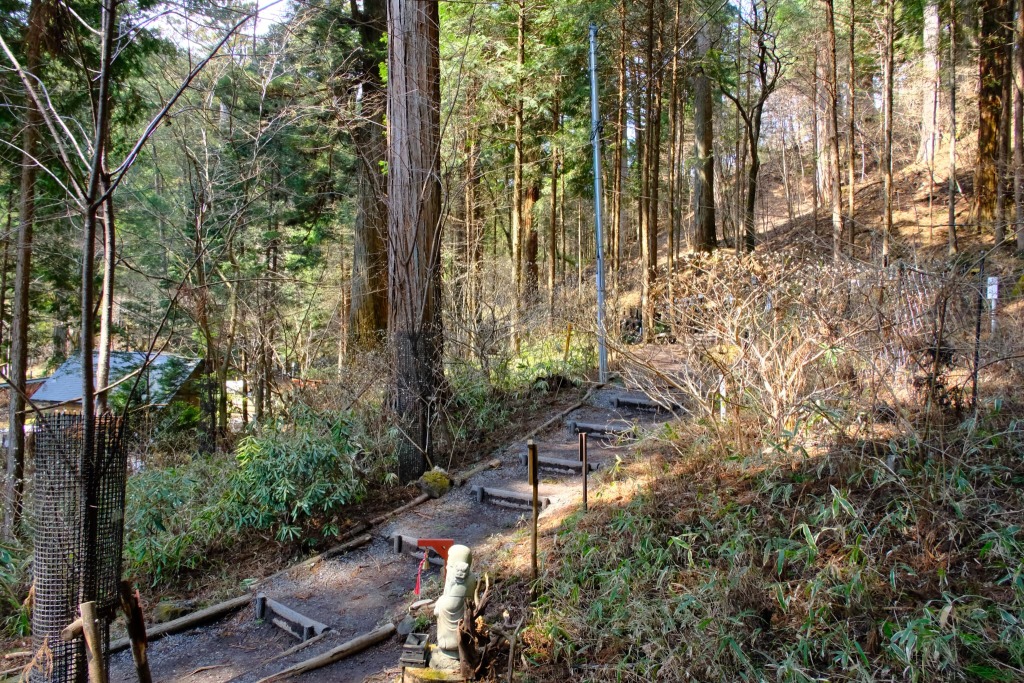
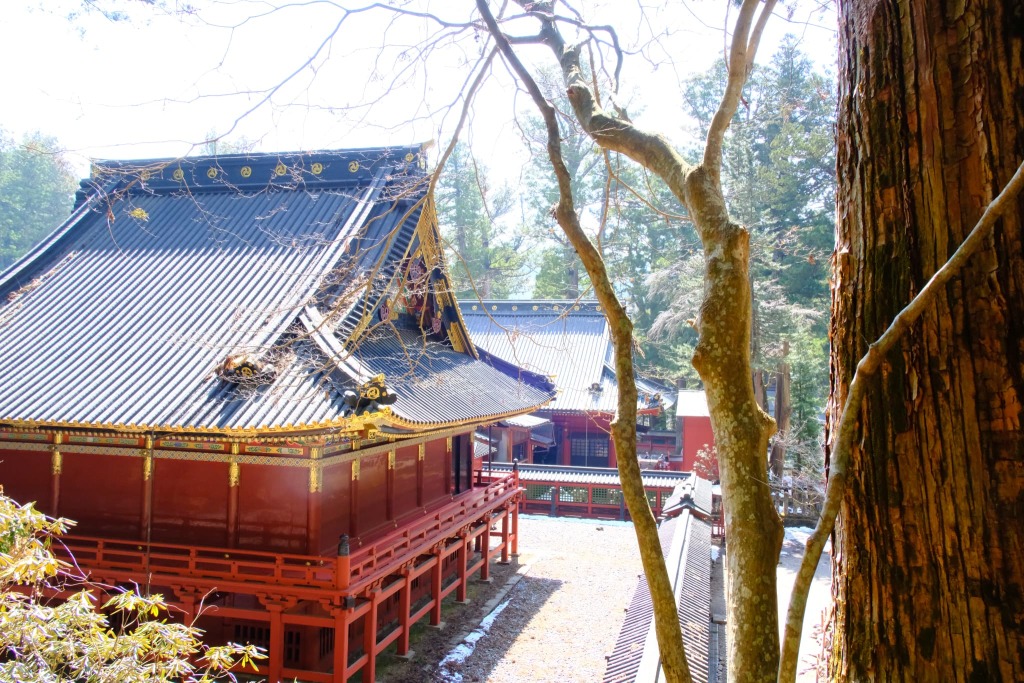
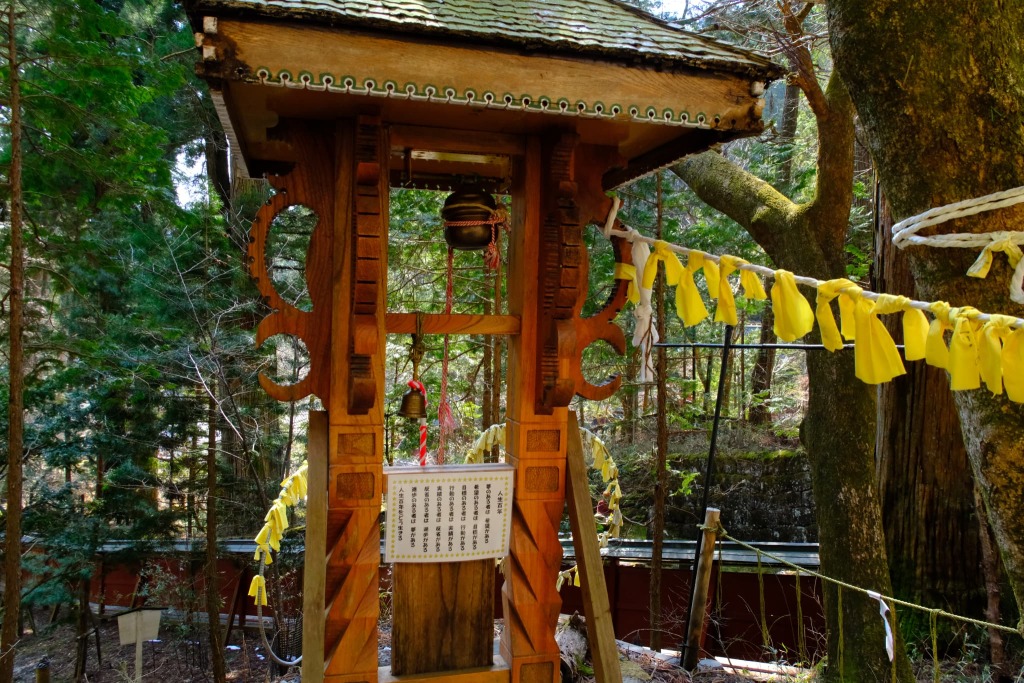
Opening Hours and Admission Fees
Futarasan Shrine does not offer any combined tickets like those available for Toshogu Shrine or Rinnoji Temple.
Only individual tickets are sold.
Opening Hours:
・April to October: 8:00 AM – 5:00 PM
・November to March: 9:00 AM – 4:00 PM
Note: Ticket sales end 30 minutes before closing time.
Admission Fees:
・Adults (including university students): 300 yen
・Elementary, junior high, and high school students: 100 yen
This information is current as of March 23, 2025.
